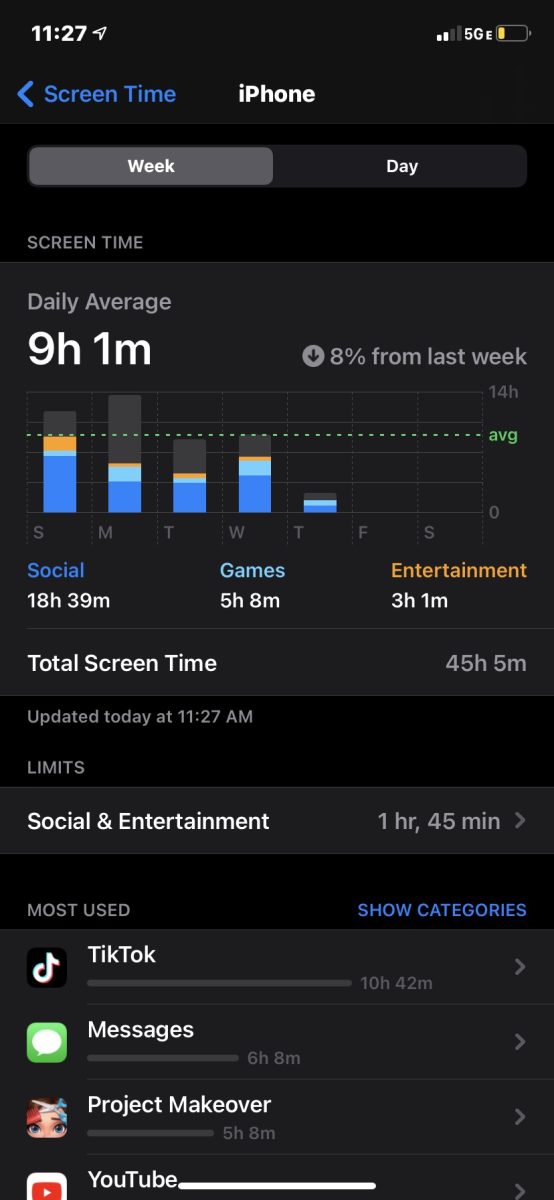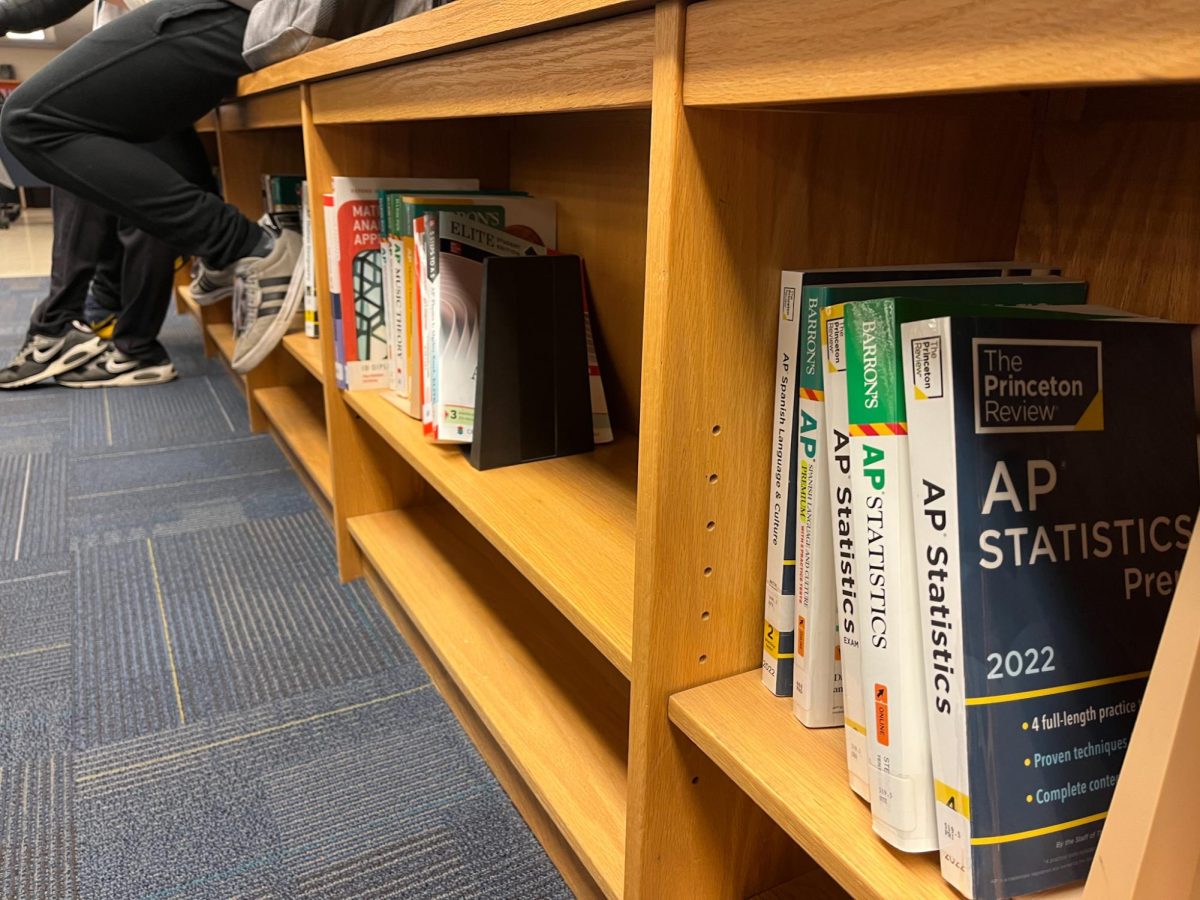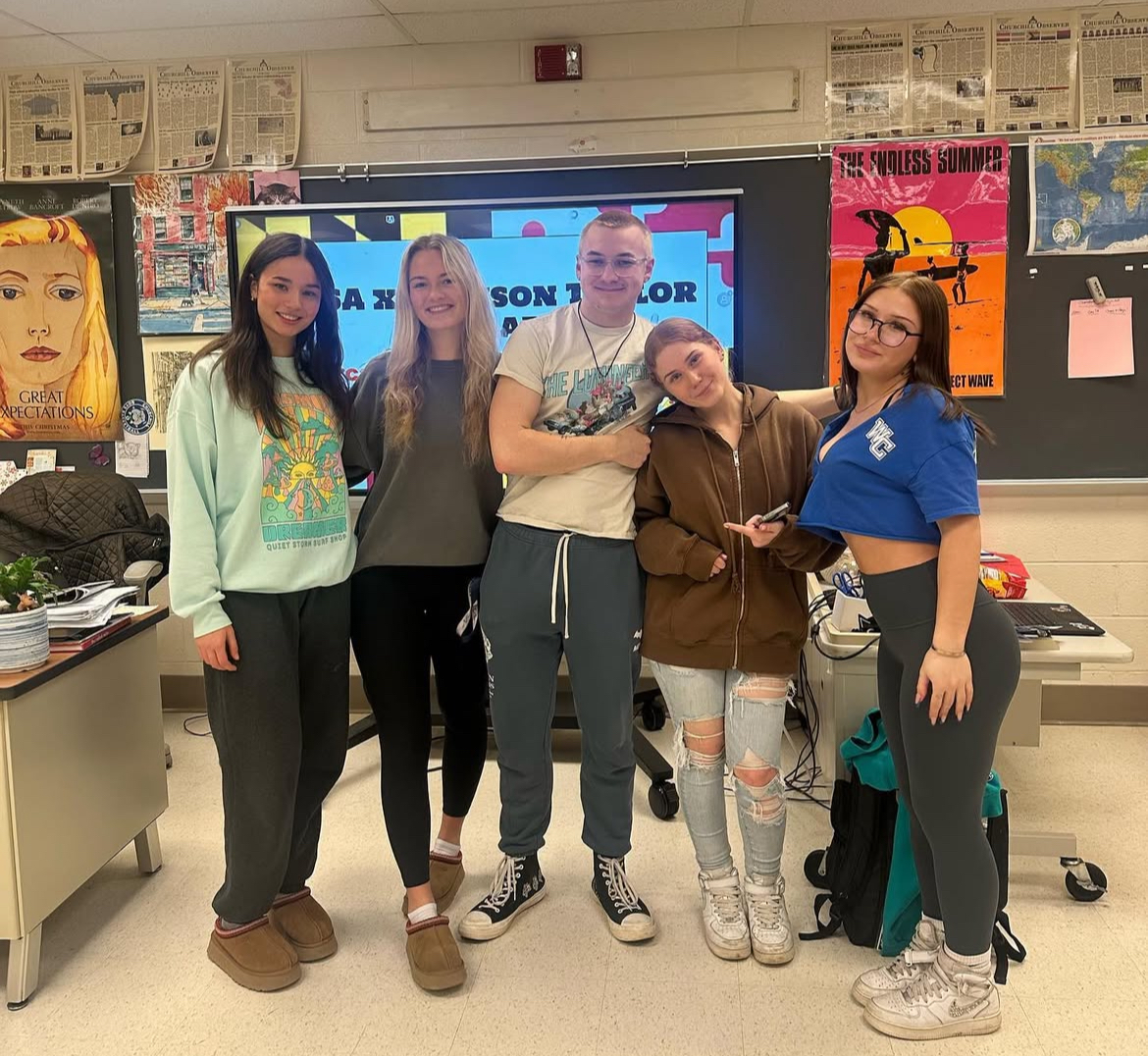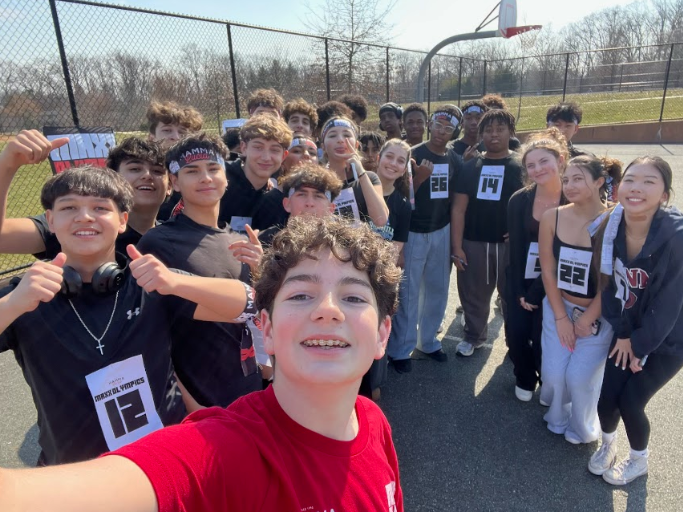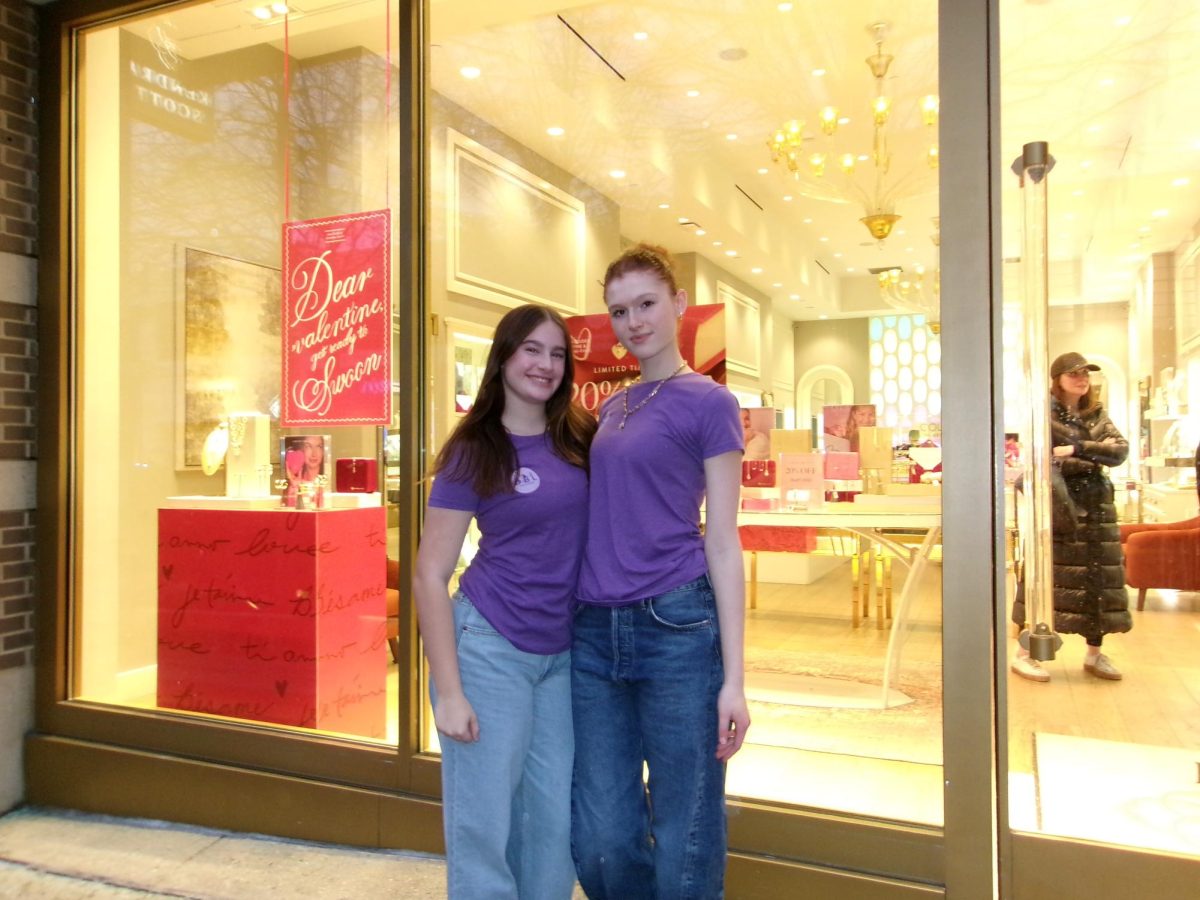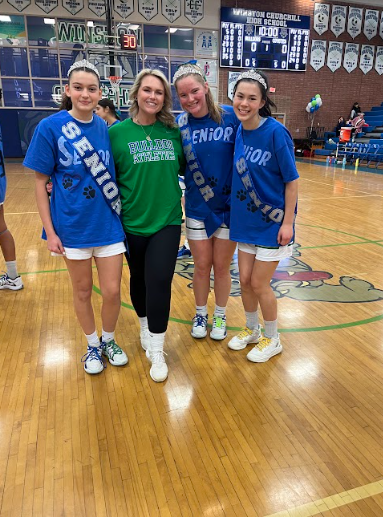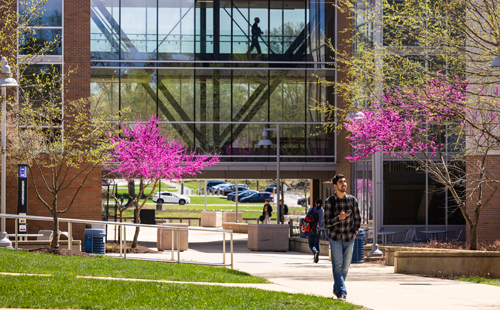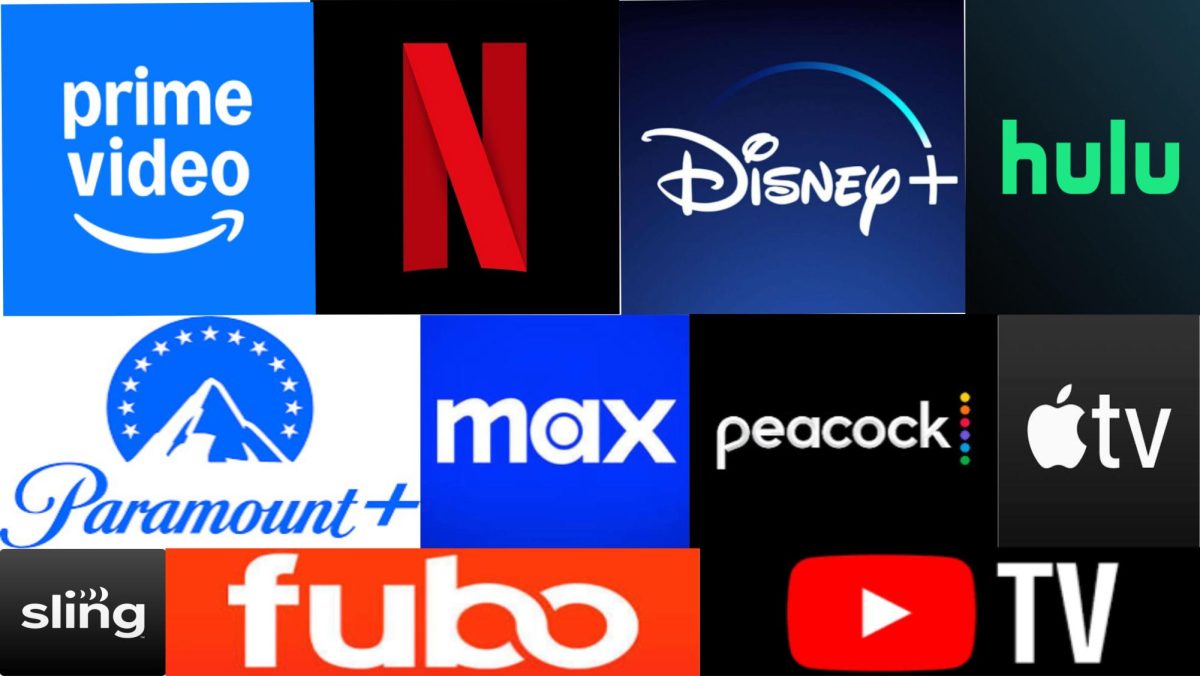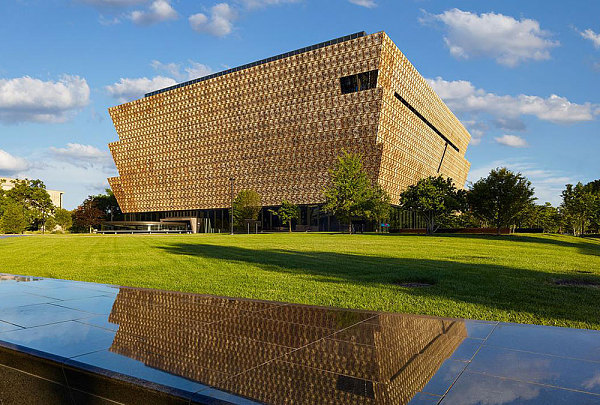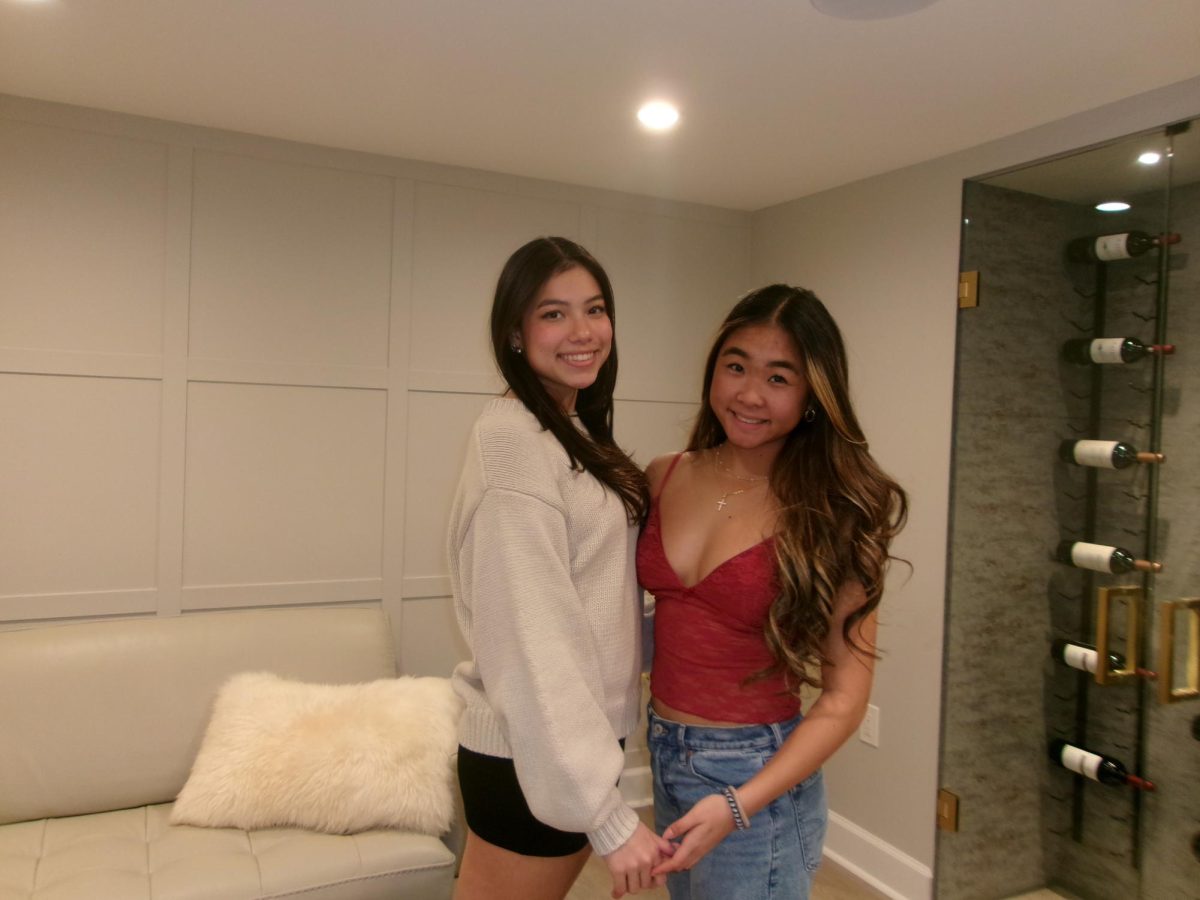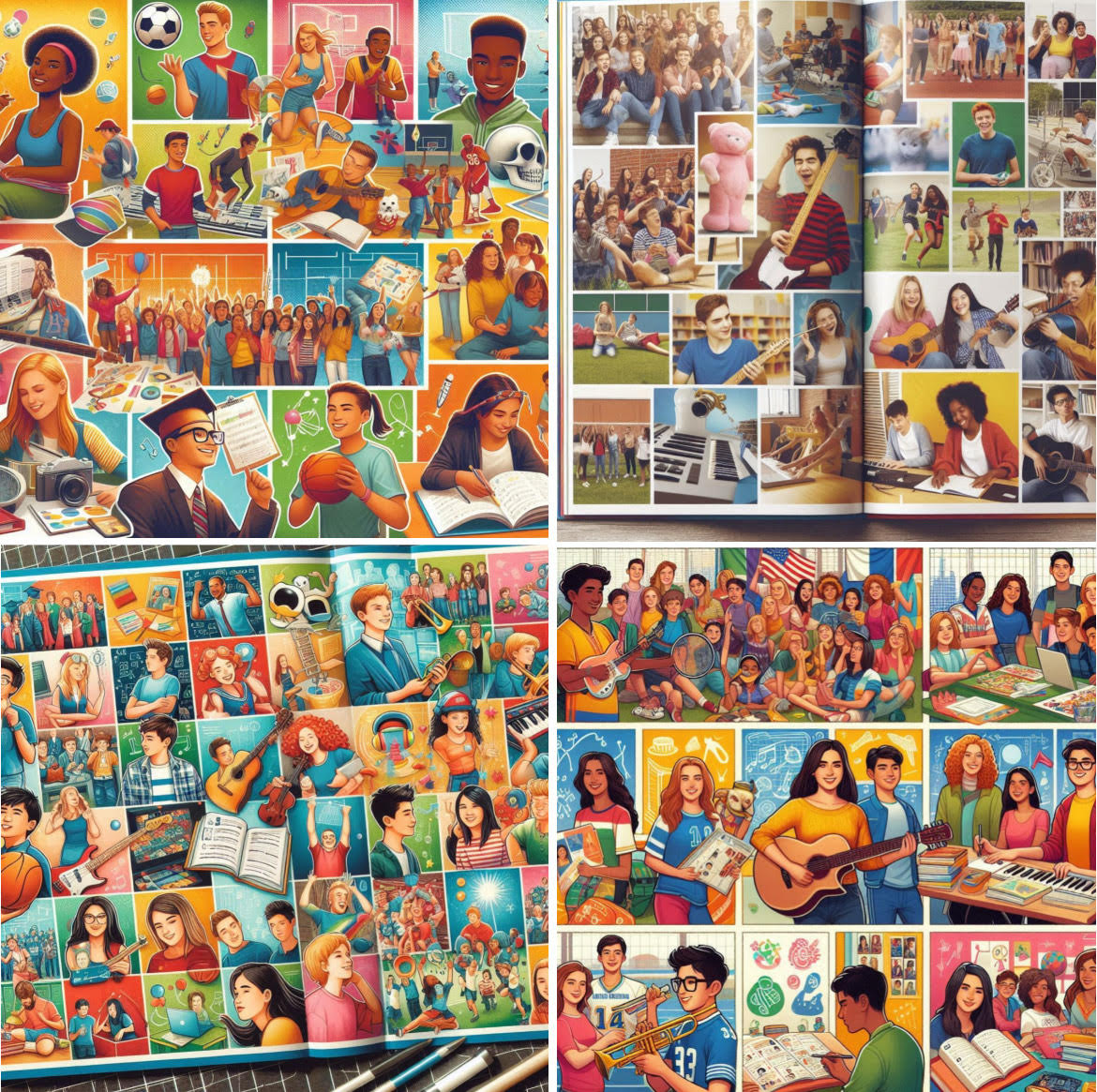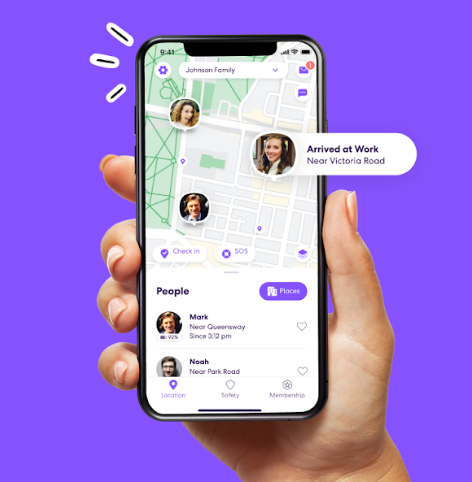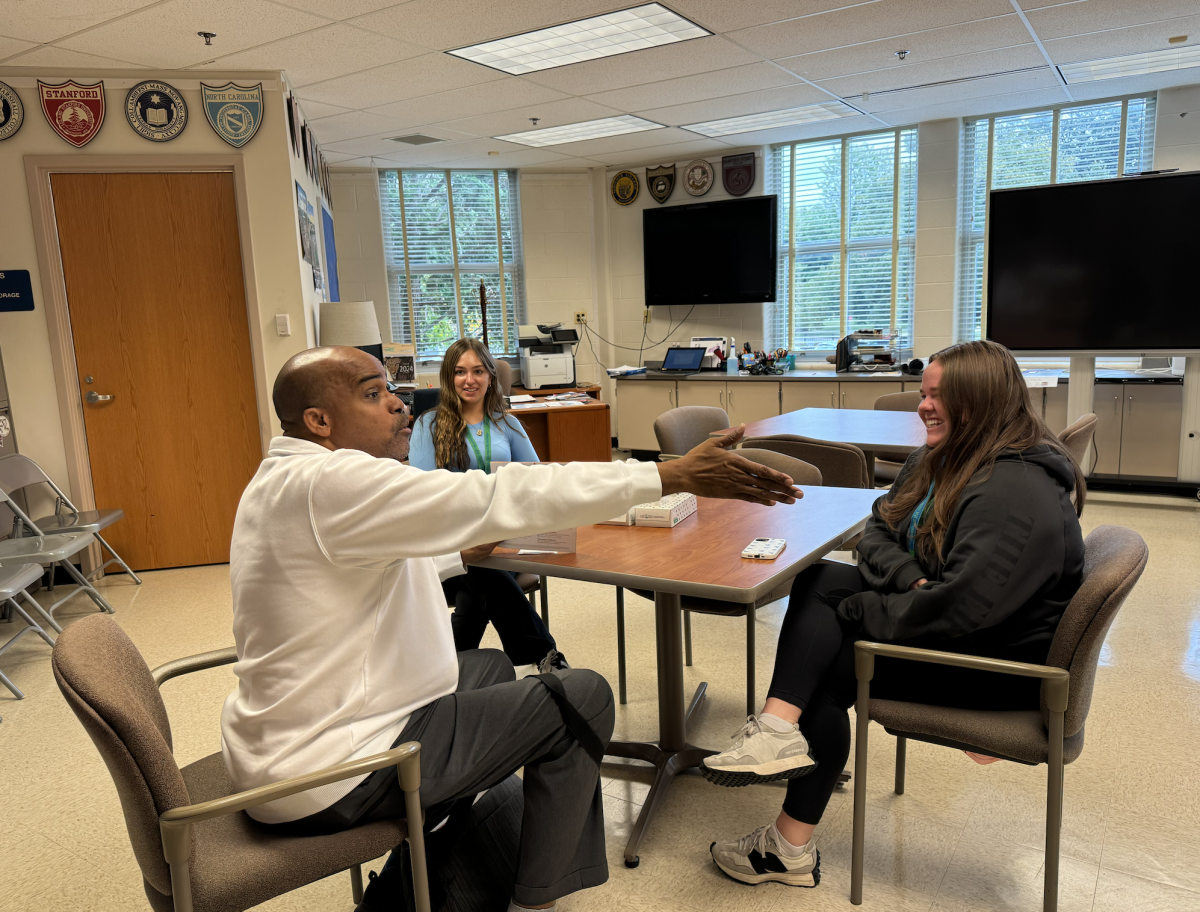Cold, dreary, February skies and the unrelenting rigor of schoolwork plague many WCHS students around this time of year. With standardized tests and college decisions causing a sense of impending doom to manifest, many students find comfort in a moment alone with one’s thoughts. For many students, this moment is at 10:30 pm, curled up on their bed, nose inches away from their phone screen. But even then, their thoughts are not their own.
Since its inception, TikTok has seen exponential popularity, in particular, among adolescents and young adults. Users of TikTok can view, create, and comment on videos. Despite its success in terms of users, psychological studies aiming at understanding the consequences of TikTok use, especially among teenagers, are still gathering. As the majority of TikTok users are adolescents, forming a group of potentially vulnerable individuals, it is crucial to understand better TikTok use and whether certain aspects of the app result in detrimental behavioral effects.
The app’s popularity was on the rise even before the coronavirus hit. However, as the coronavirus began spreading across the world, governments ordered citizens to practice social distancing and to stay at home to curb infection rates. Forced into isolation, people all over the world suddenly needed a way to both entertain themselves and connect with others. So, many latched on to TikTok, the exciting new music video app their friend, child, or peer was using. The app and the situation have since snowballed, harming its largely young, impressionable users — like students at WCHS.
Generally, TikTok trends refresh cyclically, showing to its users, multiplicities of detrimental content on a weekly basis. When images of ideal faces and bodies, interesting styles, bombard students, they may feel pressured to appear the same way, both physically and in terms of outward perception, having a negative self-image is entirely natural. In a Pew Research Study about the demographics of social media platforms, the organization found that 86% of 18-26-year-olds use these platforms. At such an impressionable age, harmful self-images and exposure to harmful trauma-dumping trends can reveal to teens and young adults dangerous practices and coping mechanisms.
After the constant and incessant and mindless scroll every fifteen seconds, comes the romanticization of mental illness on TikTok. Soundtracked by the latest Lana del Ray song, users depict issues such as depression, eating disorders, anxiety, and more with pretty pictures from Pinterest. Attractions to this picturesque portrayal of one’s struggles are natural, as one may feel heard and represented positively. However, it can also encourage mental health struggles by glamorizing them. Even worse, it only seems to show the superficialities of these mental health issues. These cam communities have little tolerance when deeper, less ‘Pinterest-worthy’ realities are discussed.
According to data from the World Health Organization, one in seven adolescents ages 10-19 struggled with mental health issues in 2021. This stark statistic reveals a rising epidemic among the global youth, surely exacerbated by the COVID-19 pandemic and the resulting reliance on social media. Harmful stereotypes and glamorization of serious ailments are not the answer. TikTok is singlehandedly wrecking the mental health of teenagers and young adults by exposing them to detrimental trends in alarming amounts, and by romanticizing mental health issues.
However, a point can be made in favor of TikTok and its effect on mental health. Currently, the “#MentalHealthAwareness” has over 7.6 billion views, and provides real, heartfelt, and productive discourse about the actualities of mental health. It provides teenagers a space where they can express themselves safely, and find communities where they feel accepted and loved, especially if they struggle with this in their personal lives. Users can encourage each other, give advice, and harbor a positive community whose intention lies solely in helping someone in need.
However, the reality of Tik Tok nuanced “For You Page” algorithm and the type of content it pushes out to its viewers buries these positive pockets off the app. The app favors provocative and snappy content. Content that is trendy and will result in high engagement, especially in the comments. Misleading content about mental health is simply more likely to perform well on Tiktok’s algorithm than content that is correct and predictive, but ‘boring.’
In essence, TikTok capitalizes and makes money from the harm it causes its users. And that is why the problem, perpetual, will never disappear. The finances will not allow it. Apps such as TikTok and Tumblr, another app known for its incredibly harmful mental health communities, make shocking amounts of money from their usage. TikTok made $1.9 billion in 2020, and Tumblr once sold for $1.1 billion. Why would they fix an algorithm bringing them gluttonous amounts of money?
To combat this issue, there are not many options from an individualistic perspective, as many of these problems are systemic, and therefore out of one’s direct control. However, by limiting one’s use of Tiktok, they can shield themselves from the perpetuity of Tiktok’s harmful trends, and protect themselves from outside perceptions about mental health.


